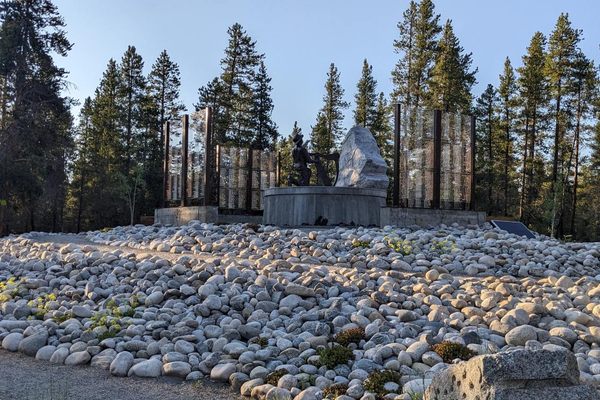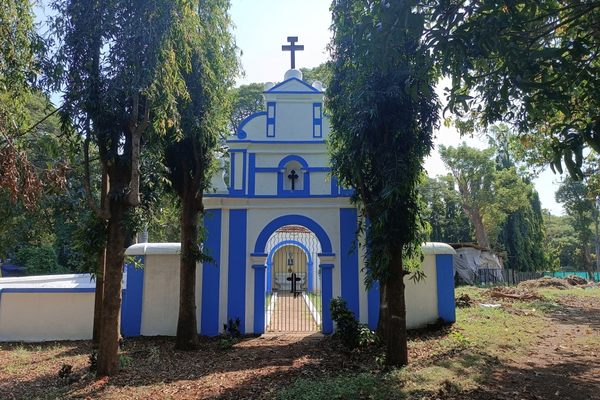AO Edited
May 18th National Cemetery
This cemetery is dedicated to the people who died fighting for democracy in South Korea.
Between May 18th and May 27th of 1980, a large uprising against the martial law government of South Korea exploded in the city of Gwangju. The military violently repressed the demonstration and, while the number of victims is disputed, it is argued that up to 2,000 people died in the uprising.
The Gwangju Uprising, also known as May 18th Democratic Uprising, had a profound impact on South Korean politics and eventually paved the way for the democratization of the country in the 1980s. Initially, the victims of the uprising were buried in the local Mangweol-dong Cemetery, with many bodies carried in handcarts and garbage trucks. Also, as the graveyard became known as a “holy ground for democracy,” the military wanted to destroy the cemetery but their plans never came to fruition.
After the democratization of South Korea, a new graveyard was constructed. The May 18th National Cemetery opened in 1997 and was officially designated as a national cemetery in 2002. The bodies of the victims of the uprising were moved here while the old cemetery was restored. A monument for the victims was also erected, along with a memorial hall and numerous statues. Now, every May 18th, a commemoration is held and citizens visit the cemetery to honor those who died while fighting for democracy.

















Follow us on Twitter to get the latest on the world's hidden wonders.
Like us on Facebook to get the latest on the world's hidden wonders.
Follow us on Twitter Like us on Facebook